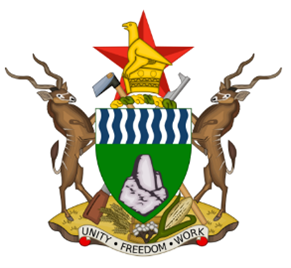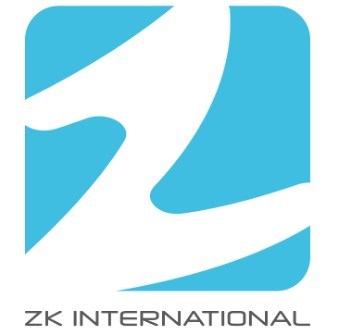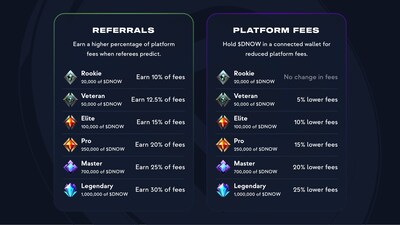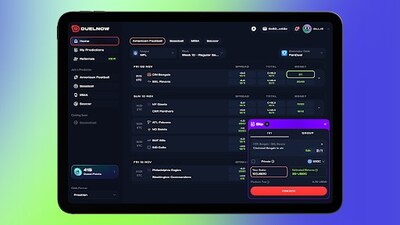The payments to farm owners under BIPPA-protection marks a historic milestone and a critical step in Zimbabwe’s Arrears Clearance and Debt Resolution Process

HARARE, ZIMBABWE – EQS Newswire – 8 February 2025 – The Government of the Republic of Zimbabwe is honouring its commitment to compensate investors protected by Bilateral Investment Protection and Promotion Agreements (BIPPAs), whose investments were affected by the Land Reform Programme in 2000. This follows the disbursement of funds from the US$20 million allocated for the compensation of BIPPA-protected farms in the 2024 National Budget.
The payments to farm owners under BIPPA-protection marks a historic milestone and a critical step in Zimbabwe’s Arrears Clearance and Debt Resolution Process.
Providing an update on the payments, the Minister of Finance, Economic Development, and Investment Promotion, Honourable Professor Mthuli Ncube stated, “I am pleased to announce that the compensation process has begun. We believe that this process is crucial for building trust, honouring our commitments, and ensuring consistency with our Constitution as we address Zimbabwe’s debt challenge.”
The payments towards the compensation of investors under BIPPA protection began in the second week of January 2025. Payments are being made to the claimants’ Bank accounts of choice.
Only claimants from countries with BIPPAs signed and ratified before the 2000 Land Reform Programme are eligible for compensation. 94 farms were approved for compensation. The claimants are from Denmark, Germany, the Netherlands, Switzerland and former Yugoslavia.
The Harare-based ambassadors of Germany, the Netherlands and Switzerland jointly welcomed the announcement: “The framework established by the Government of Zimbabwe leading to the full compensation of affected BIPPA farmers protected by Bilateral Investment Promotion and Protection Agreements, is indeed a historic achievement. We commend the Government’s allocation of funds in the National Budget as of 2024 to make the compensation a reality. Several affected investors have received initial payouts, and an emerging sense of closure exists. It marks a significant milestone, and we consider it a very encouraging step towards a comprehensive and fair settlement for farmers and investors in Zimbabwe, be it in terms of financial compensation or land tenure. Now, it is important for the Government to keep this positive momentum.”
The BIPPA farmers are being compensated for land and improvements on the farms in line with Section 295 (2) of the Constitution of Zimbabwe.
The President of the African Development Bank Group and the Champion of the Zimbabwe Arrears Clearance and Debt Resolution, Dr Akinwumi Adesina said, “The compensation demonstrates the Government’s goodwill and commitment to building trust in the process and improving investor confidence in the country. The progress Zimbabwe has made, the commitment and resilience it is showing, calls for support from development partners to facilitate the country’s effort in implementing on going reforms and to provide the much-needed cushion to particularly the vulnerable members of the population.”
The compensation of these investors is one of the key reforms under the Structured Dialogue Platform on the country’s Arrears Clearance and Debt Resolution Process. Zimbabwe aims to clear its arrears, resolve debt, and unlock new concessional external financing to achieve its development goals. The Government established in December 2022, a Structured Dialogue Platform (SDP) with all its creditors and development partners, to institutionalise engagement on economic and governance reforms to underpin the Arrears Clearance and Debt Resolution Process.
The Resolution of BIPPA-protected farms is under the auspices of one of the three Sector Working Groups (SWG) of the country’s Structured Dialogue Platform for Arrears Clearance and Debt Resolution Process. It falls under the Land Tenure Reforms, Compensation for Former Farm Owners, and the Resolution of BIPPAs SWG. This SWG is co-chaired by the Office of the President and Cabinet, Switzerland and the United Nations Development Programme. The other two SWGs are Economic Growth and Stability Reforms, and Governance Reforms.
At the last High-Level SDP Meeting held in Harare on 25 November 2024, His Excellency, Dr Emmerson Dambudzo Mnangagwa, the President of the Republic of Zimbabwe, reiterated the Government’s ownership of the Arrears Clearance and Debt Resolution Process, and his commitment to the implementation of reforms underpinning the Process, in line with the country’s National Development Strategy 1.
The resolution of BIPPAs is also part of the country’s engagement and re-engagement initiatives with the international community.
After disbursing the US$20 million from the 2024 National Budget for BIPPA-protected farms, the remaining US$125.9 million will be paid over four years (2025 to 2028) through annual fiscal allocations. Additionally, the Government has allocated another US$20 million in the 2025 National Budget for this purpose.
Table 1: Approved BIPPA Farms for Compensation
| Country | Number of Farms Approved for Compensation | Farmers | Value (US$ millions) |
| Denmark | 6 | 5 | 13.4 |
| Germany | 14 | 7 | 14.0 |
| Netherlands | 46 | 33 | 88.2 |
| Switzerland | 27 | 10 | 27.0 |
| Former Yugoslavia | 1 | 1 | 3.3 |
| Total | 94 | 56 | 145.9 |
Download Image (1): https://apo-opa.co/3Q9tX08
Download Image (2): https://apo-opa.co/3WR1b8k
Download Image (3): https://apo-opa.co/42LnIHa
Download Image (4): https://apo-opa.co/4hQ4aWH
Caption for Images: Sixth High-Level Structured Dialogue Platform on Zimbabwe’s Arrears Clearance and Debt Resolution Process held in the country’s capital, Harare in November 2024
Download Video: https://apo-opa.co/3CFZ5kJ
Video Caption: Zimbabwe’s Minister of Finance, Economic Development and Investment Promotion, Honourable Professor Mthuli Ncube Speaks about Compensation of Investors under Bippa-protection
Download Audio: https://apo-opa.co/3Q8JY6A
Download Document: https://apo-opa.co/4grXMUo
Social Media:
Facebook: Zim Treasury
X: @ Zimtreasury
The issuer is solely responsible for the content of this announcement.









